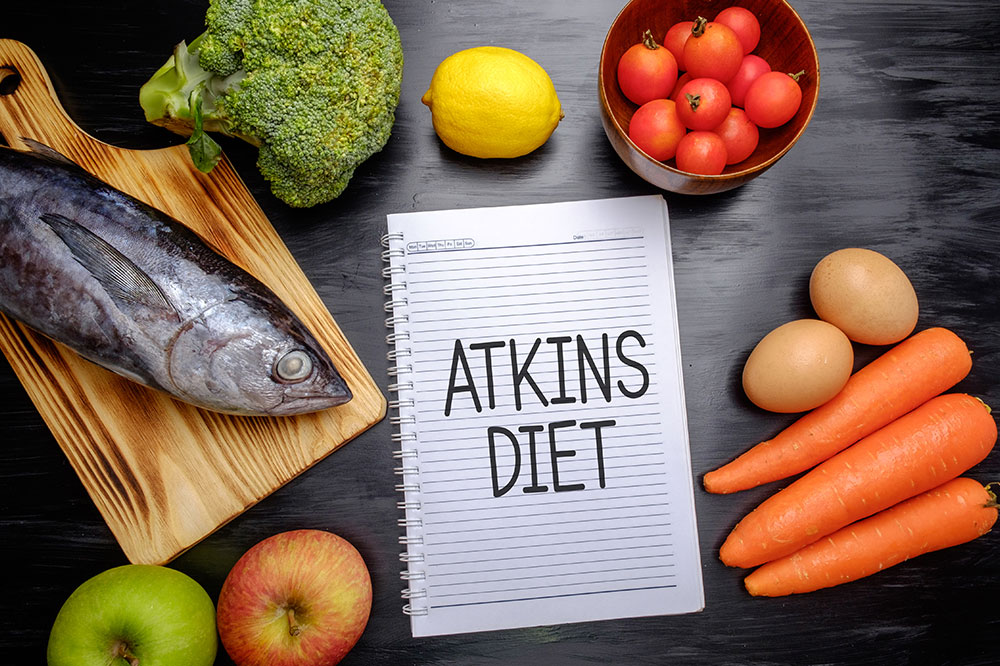Essential foods that help with seizure management

The primary point of difference between a seizure and epilepsy is the frequency of episodes. If a person has a seizure attack, it may be a singular occurrence. However, when someone has epilepsy, the chances of multiple and frequent seizures are significantly higher. Depending on the type, severity of the condition/attacks, and frequency, treatments may include medications like XCOPRI®, therapies, and the following recommendations for eating habits.
Carbohydrate-rich foods
Healthy carbs are recommended as part of the Modified Atkins food regimen. It has fewer restrictions and features various vegetables, fruits, legumes, and whole grains to manage one’s seizure outlook better. Popular choices include potatoes, sweet potatoes, corn, peas, and winter squash, among fresh fruits and vegetables. Split peas, chickpeas, lentils, kidney beans, black beans, and white beans are better legume choices. Additionally, whole grains like quinoa, oatmeal, brown rice, pasta, and even bread can meet the carbohydrate requirements.
Protein-rich foods
Protein is one of the most crucial building blocks necessary for overall growth. Protein sourced naturally from foods is rich in amino acids that help repair and maintain muscle tissue. It is also essential for boosting immunity. Primary sources of this macronutrient include lean meats, like turkey or chicken, eggs, and dairy products, including milk, yogurt, cottage cheese. Fish like salmon, canned tuna, seafood options, including shrimp, lobster, and scallops, are also a good choice of protein meats. Even almonds, peanut butter, black beans, and lentils can supplement one’s daily requirements. Vegans can switch to a recommended list of plant proteins and adjust their intake as advised by the nutritionist.
Healthy fats
Keto is a popular alternative to the modified Atkins food regime. By ketosis, the body extracts all its energy from healthy fats in place of carbohydrates. Studies show that this alternative fuel source is a beneficial contributing factor in managing problems linked to seizures. Healthy fat sources are sourced from milk, cheese, cottage cheese, yogurt, eggs, seafood, assorted nuts, and even certain vegetable oils. Coconut and avocados are also loaded with rich Omega-3 fatty acids beneficial for those who prefer keto over the modified Atkins.
Supplements for managing seizures
If someone cannot incorporate certain foods or beverages due to personal lifestyle choices, natural supplements can replenish the daily requirements. For example, vegans and lactose-intolerant people cannot consume dairy loaded with healthy fats. But that does not mean they cannot source these fats from oil supplements. Several man-made foods and condiments are rich in medium chain triglycerides that can also regularly provide for the fat requirement.
XCOPRI® medication for epilepsy
Cenobamate class of medications like XCOPRI® tablets have various doses and should be taken as instructed by the doctor. The oral tablet can be taken with or without food and must be swallowed, not chewed or crushed.
Briviact® active prescription is used in treating partial onset seizures for children over the age of 1 month and among older adults. It is a viable option that helps lower the frequency of partial-onset seizures and can be taken in combination with multiple antiepileptic prescriptions. Briviact® binds to synaptic vesicle proteins 2A in the brain and prevents these SV2A proteins from triggering seizures.



